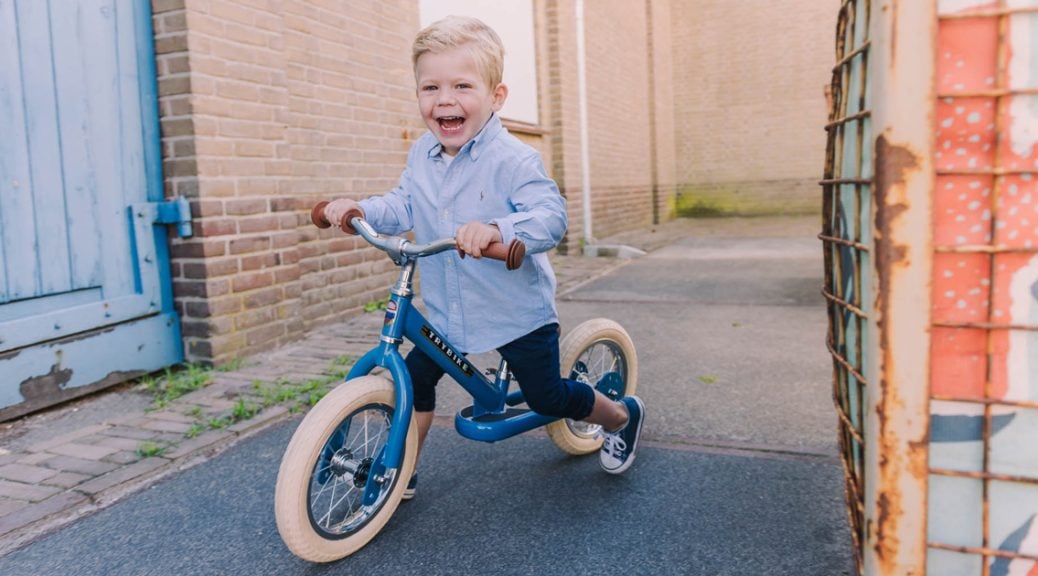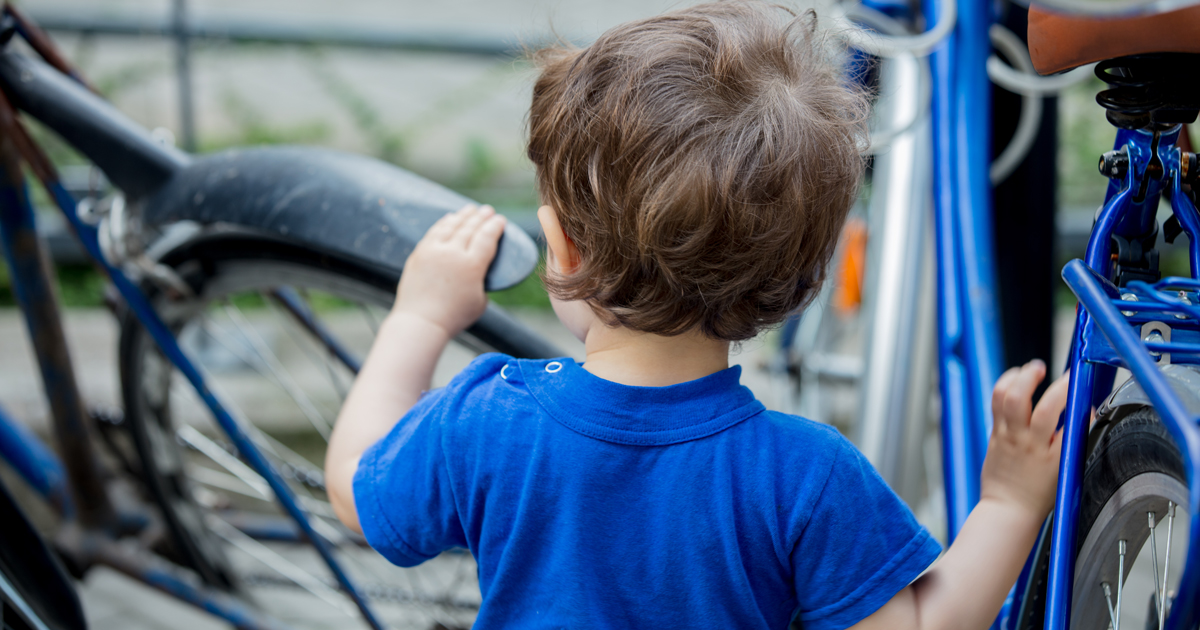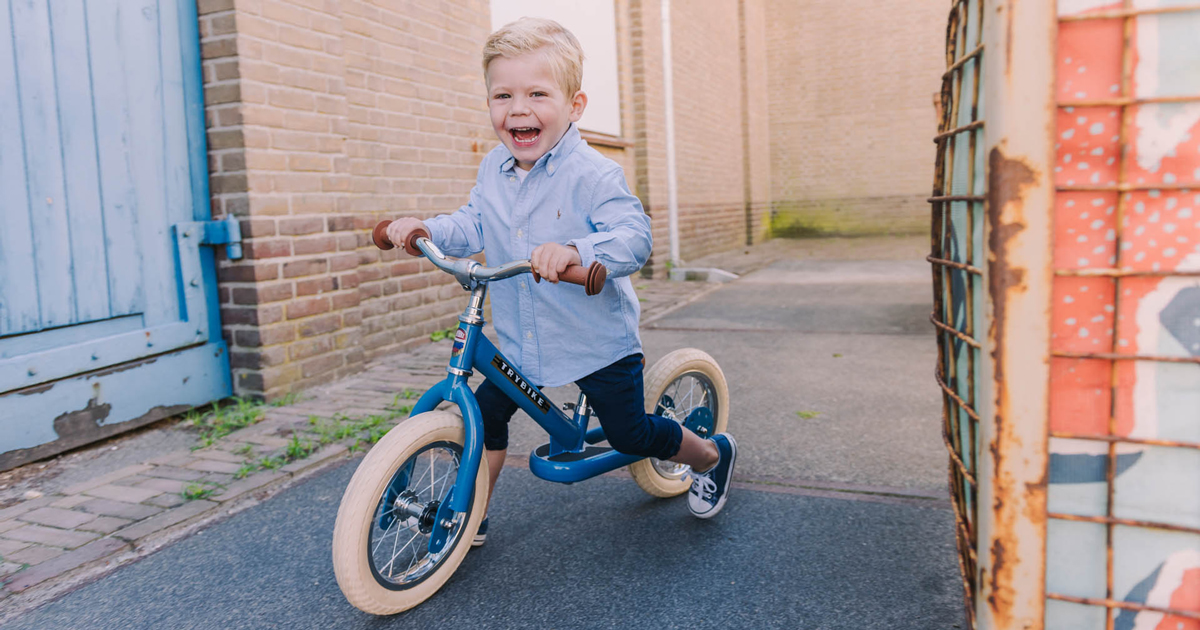
Help Your Child Learn to Ride a Bike This Easter
The Joy of Learning to Ride a Bike
Learning to ride a bike is one of childhood’s biggest milestones. It’s a skill that brings a sense of freedom, confidence, and adventure. And what better time to start than spring? The warmer weather, longer daylight hours, and fresh air make it the perfect season to get kids pedalling for the first time.
If you’re wondering how to help your child master two wheels without frustration (for them or you!), we’ve got you covered. This guide will take you through everything from choosing the right bike to building confidence and ensuring safety along the way.

When Is the Right Time to Start?
Every child develops at their own pace, but there are a few signs that indicate your little one might be ready to start learning:
- Balance and Coordination – If they can walk confidently, run without wobbling, and hop on one foot, they’re likely to have the coordination needed.
- Interest in Cycling – Are they showing excitement about bikes? Maybe they’re watching older siblings or friends and want to join in.
- Pedal Power – If they can pedal a tricycle or balance bike easily, they’re well on their way to transitioning to a bigger bike.
- Confidence & Independence – If they love active play and tackling new challenges, they’re probably ready to try it.
Most children start learning between the ages of 3 and 6, but there’s no rush—every child is different.

Balance Bikes vs. Stabilisers: Which Is Best?
When it comes to learning to ride, parents often wonder whether to start with stabilisers or a balance bike. Here’s a breakdown to help you decide:
- Balance Bikes – These bikes have no pedals and encourage kids to push themselves along using their feet. They’re fantastic for developing balance, coordination, and confidence before transitioning to a pedal bike. Many children who start on a balance bike skip stabilisers altogether!
- Bikes with Stabilisers – These can help children get used to pedalling and steering, but they don’t teach balance. Some kids become reliant on stabilisers, making the transition to two wheels a bit trickier.
For a smoother learning experience, many experts recommend starting with a balance bike before moving to a pedal bike.
(Tip: We stock a range of high-quality balance bikes that are perfect for little learners! Check them out on the Mulberry Bush website.)

Step-by-Step Guide to Teaching Without Tears
Teaching a child to ride a bike doesn’t have to be stressful. Follow these steps for a smooth (and fun!) experience:
- Choose the Right Bike – Make sure it’s the right size. Your child should be able to touch the ground with their feet while sitting on the saddle.
- Find a Safe Space – A flat, grassy area or a quiet, smooth pavement is ideal.
- Start with Balance – If using a balance bike, encourage them to push themselves along and lift their feet to glide.
- Introduce Pedals – Once comfortable, move to a pedal bike. If your child started on a balance bike, try removing the pedals first so they can practice balancing.
- Use the ‘Launch’ Method – Hold your child under their arms (not the bike) and encourage them to push off and pedal.
- Encourage, Don’t Rush – Expect a few wobbles, and keep the mood light and fun.
- Practice Stopping – Teach them how to brake safely and put their feet down when needed.
With patience and encouragement, they’ll be cycling independently in no time!

Fun Games to Build Confidence on Two Wheels
Learning doesn’t have to feel like a chore. Try these fun games to make practice sessions exciting:
- Follow the Leader – Ride alongside your child and have them copy your movements.
- Obstacle Course – Set up cones or chalk-drawn paths to weave through.
- Slow Race – Challenge them to go as slow as possible without putting their feet down (great for balance!).
- Treasure Hunt – Hide small treats along a route and have them ride to find them.
(Tip: Why not add some extra fun to learning to ride with our colourful handlebar streamers!)
Common Mistakes & How to Avoid Them
- Holding the Bike Instead of the Child – It’s tempting to hold onto the bike, but it’s better to support your child’s back or under their arms.
- Skipping Balance Practice – If they haven’t mastered balance, pedalling will be tricky. Give them time to build confidence first.
- Choosing the Wrong Bike Size – A bike that’s too big or too small makes learning harder.
- Rushing the Process – Every child learns at their own pace. Celebrate small wins and keep it fun!
Essential Safety Tips & Must-Have Accessories
Safety is key when learning to ride. Here are some must-have accessories and safety tips:
- A Properly Fitted Helmet – Essential for protecting little heads in case of falls.
- Knee and Elbow Pads – Helpful for first-time riders.
- Bright Clothing & Reflectors – Makes them more visible.
- A Bell or Horn – Helps them alert others when riding in shared spaces.
- Comfortable Shoes – Avoid flip-flops or sandals; trainers are best.

Get Ready to Ride!
Spring is the perfect season for learning to ride. With the sun shining, birds chirping, and warm breezes blowing, there’s no better time to get outside and start pedalling. Whether your child is starting on a balance bike or transitioning to pedals, remember to keep the experience positive, fun, and at their own pace.
Happy cycling!